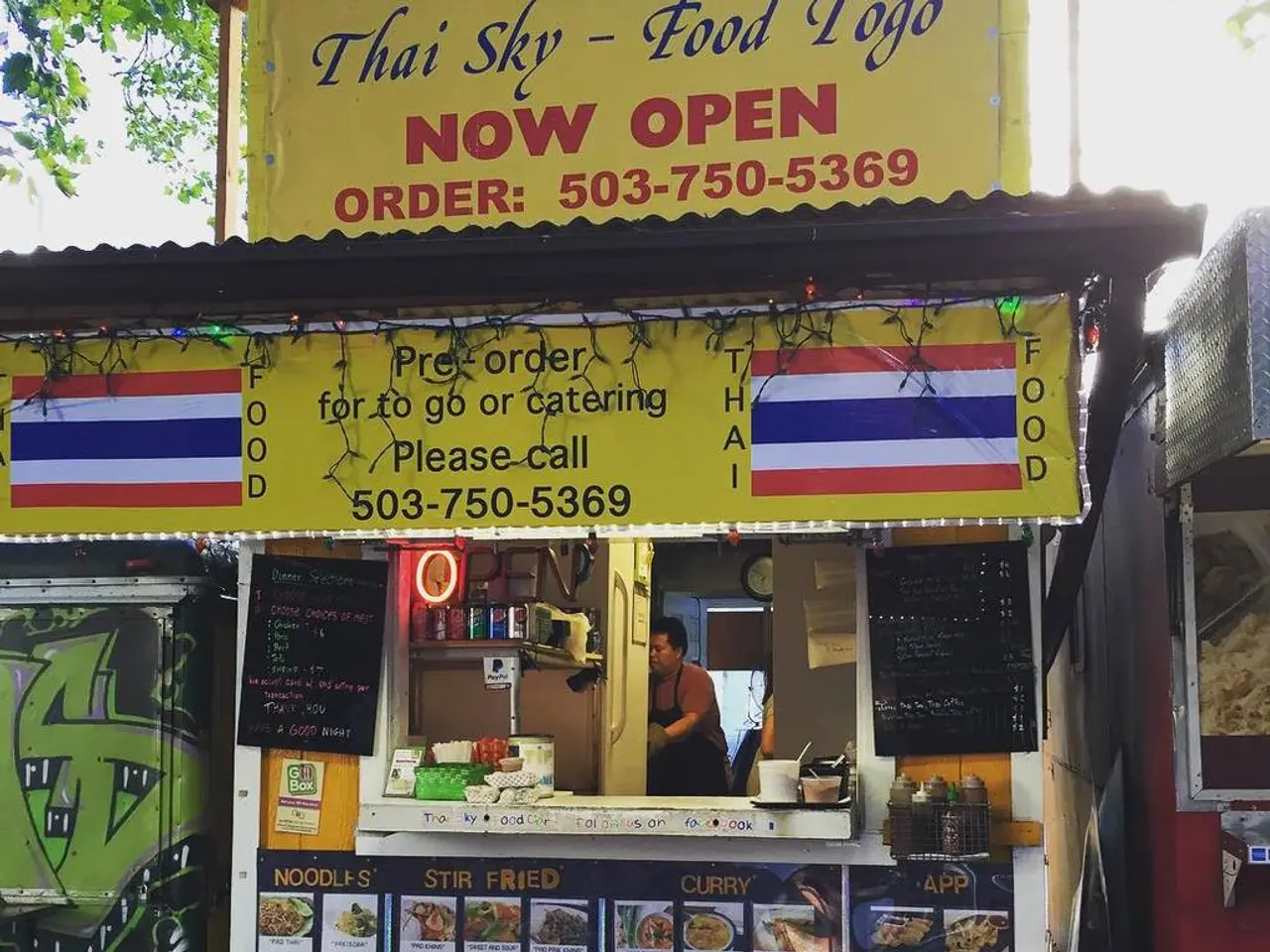Transforming Industries Worldwide: The Role of dynamic and intelligent packaging in promoting smart, safe, and sustainable practices
The global market for active and intelligent packaging is experiencing unprecedented growth, with projections indicating a significant increase in value over the next two decades. According to recent reports, the market is expected to grow from around USD 16.51 billion in 2025 to USD 29.1 billion by 2034, expanding at a Compound Annual Growth Rate (CAGR) of approximately 6.5% [1]. Another report suggests a higher growth rate, specifically for the active packaging market segment, projecting it to grow at a CAGR of about 10.02% through 2034, potentially reaching USD 77.7 billion by then [5].
The expansion of the active and intelligent packaging market is driven by several key factors. Consumers are increasingly demanding enhanced product safety, extended shelf life, and freshness preservation. Advancements in sensor technologies are enabling real-time monitoring, making intelligent packaging more prevalent [1][3][5]. Additionally, growing regulations around packaging labeling, food safety, and sustainability are pushing industries to adopt smarter, more eco-friendly packaging solutions. The packaging needs in fresh food, pharmaceuticals, and convenience retail sectors are also driving the growth [1][3][5].
Market forecasts highlight several areas of expansion. The integration of sustainable and biodegradable materials into packaging is a significant focus, with biopolymers like PLA and starch-based plastics gaining popularity due to their compostable and renewable nature [2][4]. Customization for brand engagement and quality assurance is another area of growth, as is the adoption of advanced packaging technologies like modified atmosphere packaging, which supports freshness preservation in perishable products [2][4].
In North America, the region stands tall with a 34% global market share in smart packaging, thanks to consumer awareness, regulatory frameworks, and technological prowess. The food & beverage sector heavily relies on smart packaging to prevent spoilage, track freshness, and communicate product details, holding 48% of the market [6].
The healthcare & pharmaceuticals sector is the fastest-growing segment, driven by innovations that preserve drug stability, prevent counterfeiting, and ensure compliance with safety regulations [6]. Product integrity monitoring is the fastest-growing segment, crucial for pharmaceutical and high-value goods [6].
Online shopping, especially for perishables and medical products, requires more intelligent logistics solutions, which smart packaging offers through inventory traceability, shipment tracking, and environmental monitoring. Modern consumers demand traceable, transparent, and tamper-proof food, which is provided by packaging embedded with sensors or time-temperature indicators [6].
The packaging world is undergoing a transformation, focusing on smart technologies, extended shelf lives, real-time monitoring, and sustainability. Innovations like Vidre's breakthrough in reducing waste and enhancing shelf life without requiring infrastructure upgrades are making headlines. The top reason companies are adopting active packaging is shelf-life extension, especially in the food and beverage sector [6].
In conclusion, the active and intelligent packaging market is rapidly expanding, with a CAGR roughly between 6.5% and 10%, driven by technological innovation and increasing demand for product quality and safety monitoring. Market values are projected to approximately double in this period, making it an exciting area to watch for both consumers and industries alike.
References: [1] MarketsandMarkets. (2021). Active and Intelligent Packaging Market Worth $29.1 Billion by 2034. Retrieved from https://www.marketsandmarkets.com/PressReleases/active-intelligent-packaging.asp [2] Grand View Research. (2021). Modified Atmosphere Packaging Equipment Market Size, Share & Trends Analysis Report By Type, By Application, By Region And Segment Forecasts, 2021 - 2028. Retrieved from https://www.grandviewresearch.com/industry-analysis/modified-atmosphere-packaging-equipment-market [3] Allied Market Research. (2021). Active and Intelligent Packaging Market Size, Share & Trends Analysis Report By Type, By Application, By Region And Segment Forecasts, 2022 - 2030. Retrieved from https://www.alliedmarketresearch.com/active-intelligent-packaging-market [4] Smithers Pira. (2021). The Future of Active and Intelligent Packaging to 2026. Retrieved from https://www.smitherspira.com/resources/market-reports/the-future-of-active-and-intelligent-packaging-to-2026 [5] ResearchAndMarkets.com. (2021). Active Packaging Market Worth $77.7 Billion by 2034. Retrieved from https://www.researchandmarkets.com/reports/5356568/active-packaging-market-growth-opportunities-and [6] Smithers Pira. (2021). The Future of Active and Intelligent Packaging to 2026. Retrieved from https://www.smitherspira.com/resources/market-reports/the-future-of-active-and-intelligent-packaging-to-2026
- The growth in the global active and intelligent packaging market is not only significant but also projected to continue, with values potentially doubling over the next two decades.
- The global smart packaging market is heavily influenced by consumer demands for enhanced product safety, extended shelf life, and freshness preservation.
- Advancements in sensor technologies play a crucial role in the growth of intelligent packaging, making real-time monitoring possible.
- Regulations around packaging labeling, food safety, and sustainability are driving industries to adopt smarter, eco-friendly packaging solutions.
- Fresh food, pharmaceuticals, and convenience retail sectors have specific packaging needs that contribute to the market's growth.
- The integration of sustainable and biodegradable materials into packaging is a key focus area in the market, with biopolymers like PLA and starch-based plastics gaining popularity.
- Customization for brand engagement and quality assurance is another growth area in the active and intelligent packaging market.
- Advanced packaging technologies like modified atmosphere packaging are being adopted to support freshness preservation in perishable products.
- In North America, the region holds a 34% global market share in smart packaging, primarily due to consumer awareness, regulatory frameworks, and technological prowess.
- The food & beverage sector heavily uses smart packaging to prevent spoilage, track freshness, and communicate product details.
- The healthcare & pharmaceuticals sector is the fastest-growing segment, driven by innovations that preserve drug stability, prevent counterfeiting, and ensure compliance with safety regulations.
- Product integrity monitoring is the fastest-growing segment in the intelligent packaging market, crucial for pharmaceutical and high-value goods.
- Online shopping requires more intelligent logistics solutions, advantages provided by smart packaging through inventory traceability, shipment tracking, and environmental monitoring.
- Modern consumers demand traceable, transparent, and tamper-proof food, which is provided by packaging embedded with sensors or time-temperature indicators.
- Technological innovation and increasing demand for product quality and safety monitoring drive the growth of the active and intelligent packaging market.
- The market's expansion involves smart technologies, extended shelf lives, real-time monitoring, and sustainability, with innovations like Vidre's waste reduction and shelf life enhancement techniques leading the way.




